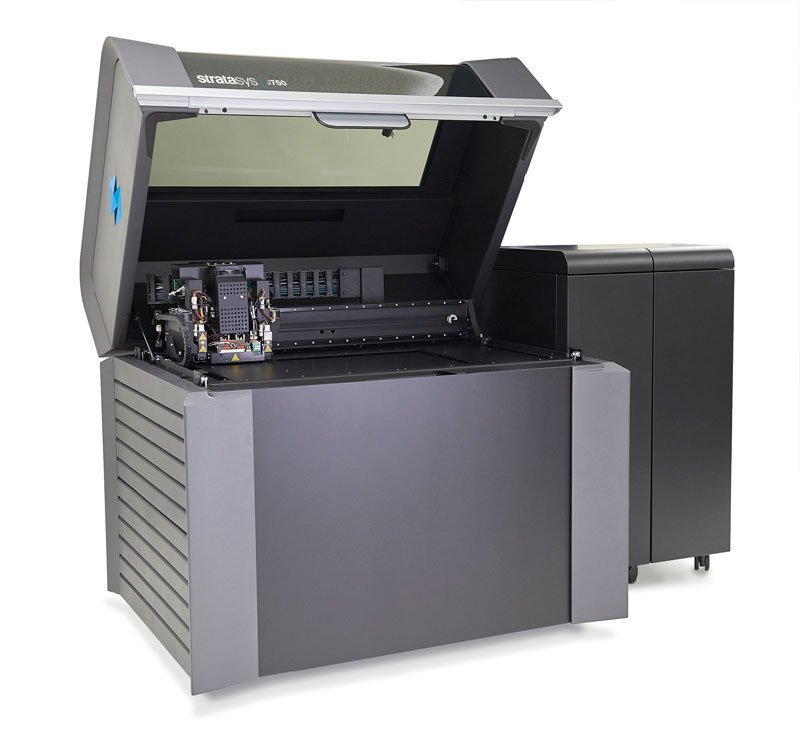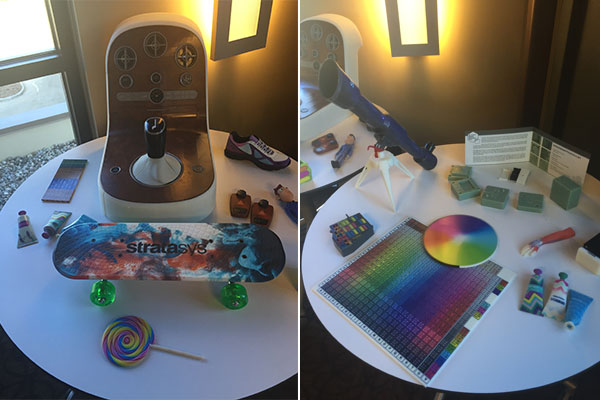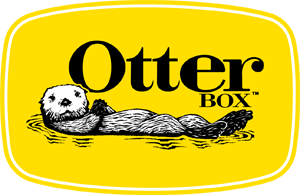Stratasys Launches the J750 3D Printer and PolyJet Studio Software

The Stratasys J750 multi-material, full-color 3D printer features a six-cartridge material capacity to keep the most used resins loaded. Image courtesy of Stratasys.
Latest News
April 4, 2016
 The Stratasys J750 multi-material, full-color 3D printer features a six-cartridge material capacity to keep the most used resins loaded. Image courtesy of Stratasys.
The Stratasys J750 multi-material, full-color 3D printer features a six-cartridge material capacity to keep the most used resins loaded. Image courtesy of Stratasys.“We can place drops in mixtures of colors that are consistent across the entire part,” said Roger Kelesoglu, Global Sales Enablement, Stratasys, at a launch event at OtterBox’s headquarters. “This is a really big thing for people who value color — that we can accurately address the color gamut that we state in all directions in X, Y and Z from print to print on the same machine, or from machine to machine. The color consistency in unmatched.”
The Stratasys J750 features a six-material capacity to help minimize downtime associated with material changeovers. The newly designed print heads — which are included (up to eight per year) in the J750’s three-year warranty that comes standard — means simulated production plastics, like Digital ABS, can be 3D printed in half the time of other Stratasys PolyJet systems, according to the company.
The ability to dial-in specific colors, materials and finishes can help companies skip the post-processing step required to make many types of parts look realistic for use by focus groups, or by executives or clients making final part design decisions.
“With the introduction of the J750, we are harnessing more than 25 years of experience to set a new historical milestone in 3D printing — reaffirming our commitment to keeping customers always on the cutting edge of innovation,” said Josh Claman, chief business officer, Stratasys, via a press release. “With its one-stop realism, the J750 is quite simply a game changer. By combining full color with multiple materials and a streamlined workflow, it recalibrates the impact of 3D printing in the product development cycle. Informed design decisions can be made immediately after the concepting stage. The time saved by eliminating the painting and assembly process can lead to faster product delivery times. The J750 is a multi-purpose system that can also produce production tools, manufacturing moulds, teaching aids, and other models — truly raising the bar in 3D printing versatility.”
Stratasys has also released its new PolyJet Studio software, showing that its acquisition of GrabCAD is bearing fruit. The software’s new interface allows users to choose materials, optimize the build and manage print queues. Assignment of colors, transparencies and rigidity is eased via familiar design controls, according to the company. Color textures can be loaded fully intact via VRML (Virtual Reality Modeling Language) files imported from CAD tools.
At the J750 launch event, Claman said GrabCAD has become Stratasys’ software development group. “We bought GrabCAD because we realized software is going to be a key element in the adoption of 3D printing,” he said. “Simplifying the workflow, automating more tasks, developing standard platforms that work maybe across all printers — that’s where most technology markets head, that’s where we think this one is going.”
Claman also said he sees Stratasys entering into a “third phase” after the merger with Objet, then the acquisitions of MakerBot, Solidscape, SolidConcepts and Harvest Technolgies. In the third phase he says the company will transition toward solutions-focused business to solve specific customers’ problems in vertical markets and will shift its technology development roadmap toward manufacturing.
[gallery columns=“2” link=“file” ids=”/article/wp-content/uploads/2016/04/Stratasys_J750_Head.jpg|The Stratasys J750’s ability to combine full color 3D printing with multiple materials was key to 3D printing this anatomical model. Image courtesy of Stratasys.,/article/wp-content/uploads/2016/04/Stratasys_J750_Sushi.jpg|With the J750, users can choose from over 360,000 color shades plus material properties ranging from rigid to flexible and opaque to transparent. Image courtesy of Stratasys.,/article/wp-content/uploads/2016/04/Stratasys_J750_Fusebox.jpg|An automotive fuse box prototype 3D printed on the Stratasys J750. Image courtesy of Stratasys.,/article/wp-content/uploads/2016/04/Stratasys_J750_Shoe.jpg|This sports shoe prototype was produced with full color, smooth surfaces, and a rubber-like sole—all in a single print operation on the Stratasys J750 3D printer. Image courtesy of Stratasys.”]
Customers can order the Stratasys J750 immediately. Delivery times may vary according to region, according to the company. The Stratasys J750 is being showcased at AMUG 2016 this week in the Demo Suite.
 An assortment of parts produced via the Stratasys J750 3D printer were on display at the company’s launch event.
An assortment of parts produced via the Stratasys J750 3D printer were on display at the company’s launch event.The Stratasys-produced video below shows how Synergy, a design firm based in Israel, is using the J750.
For more information, visit Stratasys.
Sources: In-person interviews and presentations at a Stratasys press event, as well as press materials received from the company.
Subscribe to our FREE magazine, FREE email newsletters or both!
Latest News
About the Author
Jamie Gooch is the former editorial director of Digital Engineering.
Follow DE






